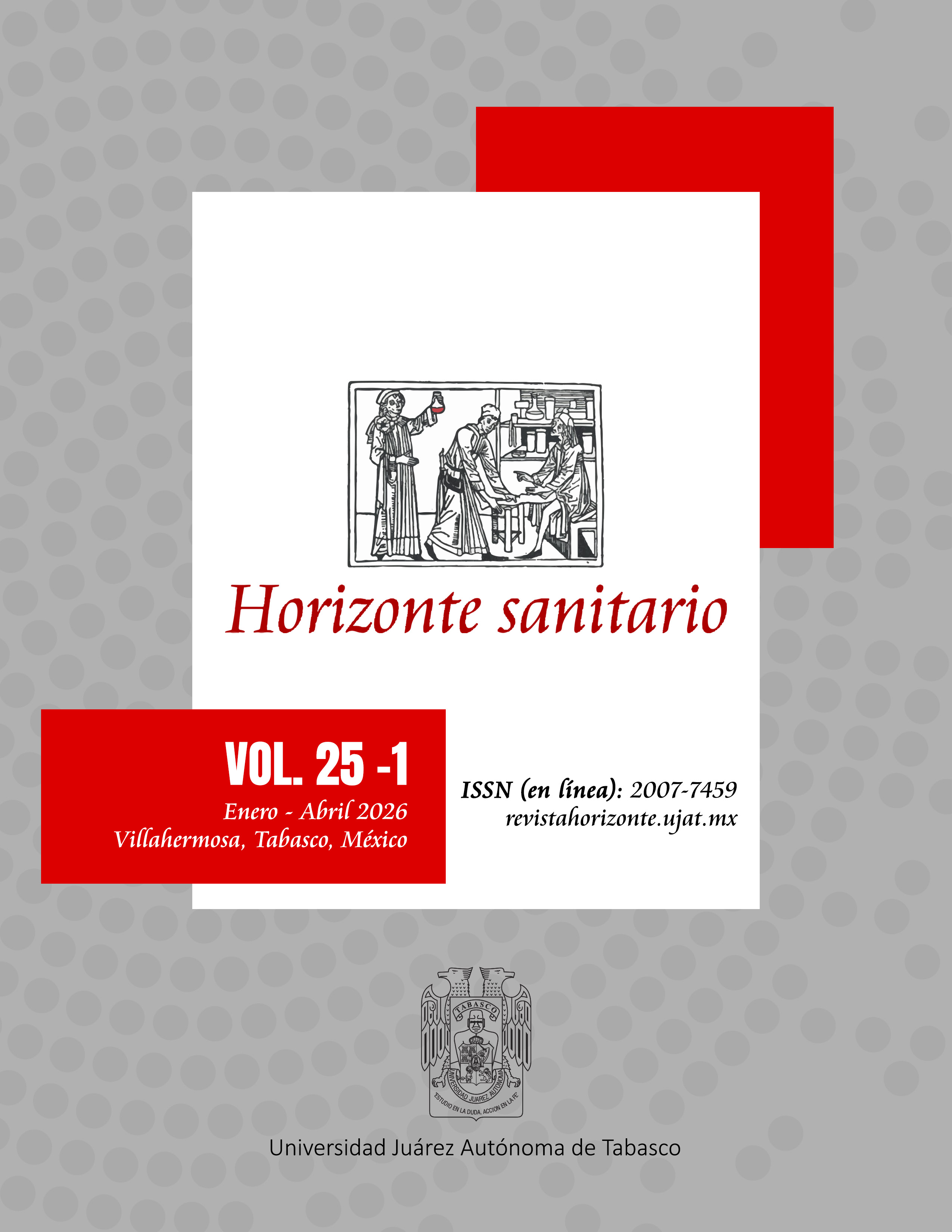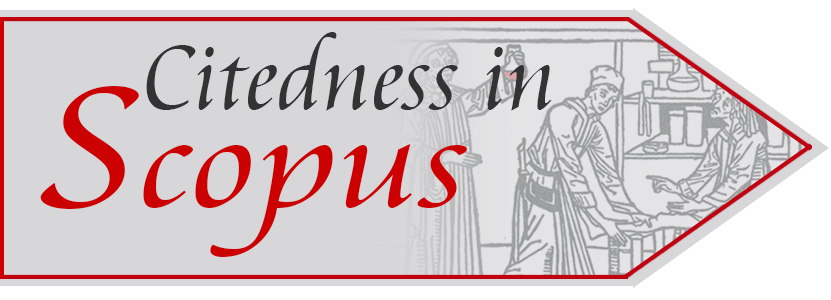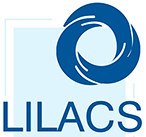Sobre la revista
Horizonte Sanitario es una publicación editada desde el año 2002 por la Universidad Juárez Autónoma de Tabasco. Publica artículos en inglés, portugués y español sobre temas relacionados con las Ciencias de la Salud Pública y la Administración Sanitaria en formato de editoriales, artículos de revisión y originales (productos de investigación científica). La revista de libre acceso y no cobra a los autores por envío o publicación.
Número actual

Publicación continúa




































